Wulling Hall
Introduction
Text-to-speech Audio
Images
Wulling Hall was designed by Allen H. Stem and completed in 1892
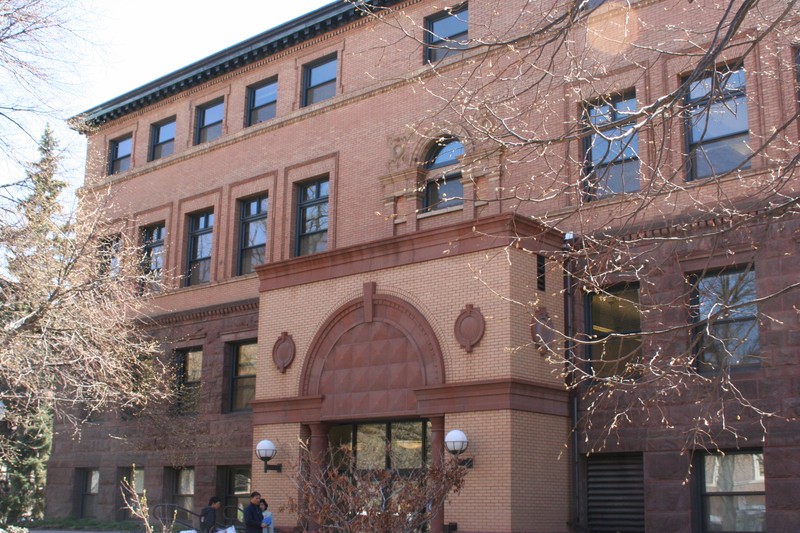
Wulling Hall was the first building on campus for the medical sciences
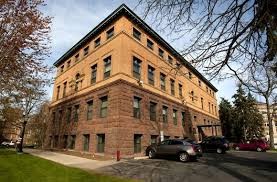
The hall was renovated extensively in 1913 after two destructive fires
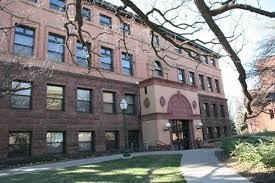
Part of the renovation was the construction of a greenhouse for medicinal plants
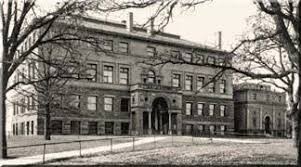
Wulling Hall housed the Medical School from 1892 until 1912
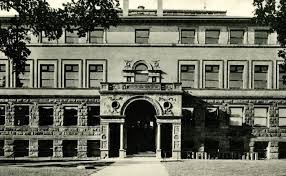
In 1942 the building was officially renamed after Frederick J. Wulling, first dean of the College of Pharmacy
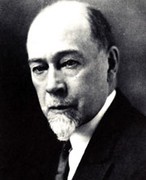
Dean Wulling also established a medicinal plant garden on the current site of Northrop Auditorium
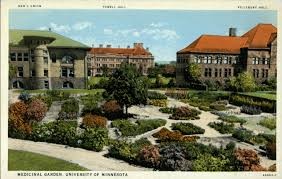
Perry Millard, first dean of the Medical School, personally funded the construction of Wulling Hall (then Medical Hall)
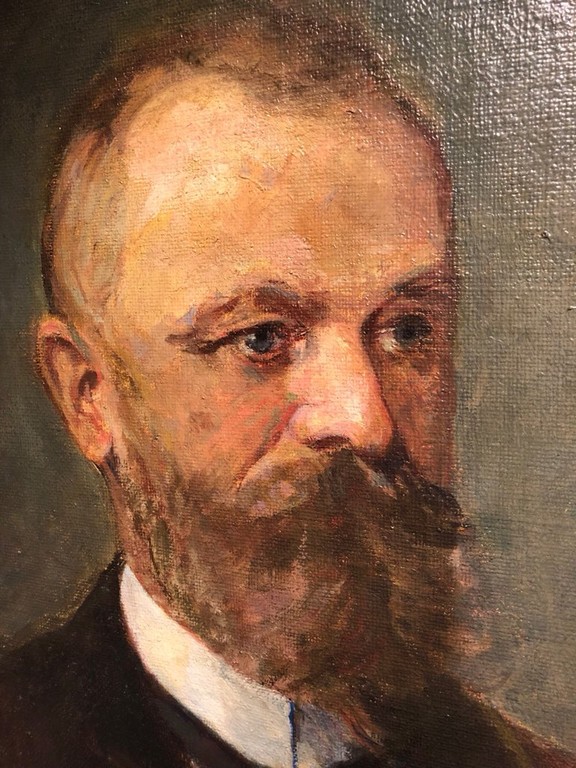
Backstory and Context
Text-to-speech Audio
The University of Minnesota’s Medical School was founded in 1888, when it was originally called the School of Medicine and Surgery. Four years later it moved into its first permanent home, when the School’s first dean Perry Millard donated $65,000 for the construction of Medical Hall. The building was designed by architect Allen H. Stem in the Renaissance Revival style, exemplified by the rusticated stone of the building’s bottom half. The structure is rectangular in shape and consists of three stories atop a raised basement with a prominent portico above the entrance.
At the time it was built, the Medical Hall was the first new building on campus dedicated to the medical sciences. Its offices, labs, and classrooms were occupied by the Medical School for 20 years, the first 14 of which were under the leadership of Dean Millard. When Millard passed away in 1906, the building was renamed Millard Hall in his honor. The Medical School grew substantially during this period, and in 1909 it was instrumental in establishing the School of Nursing, the first in the nation to be part of a university system. Two years later, it also became the first medical school in the country to require a year of internship upon completion of studies, establishing a practice that is now commonplace.
That same year, 1911, Elliot Memorial Hospital was completed, and the Medical School soon relocated to the new facility. The now-vacant Millard Hall was set to become the headquarters of the College of Pharmacy, which had bounced around different buildings for the past two decades. The College’s first dean, Frederick J. Wulling, tirelessly advocated for his program and was largely responsible for the move to Millard Hall. On Christmas Eve in 1912, just before the Pharmacy College was set to move in, a fire broke out in Millard Hall and damaged much of the top floor; a few months later, another fire destroyed the rest of the building’s interior.
However, the fires proved to be a blessing in disguise, since the building was subsequently remodeled into a state-of-the-art facility tailored specifically to the College of Pharmacy. In addition to fireproofing the building and installing modern equipment, the renovation included the construction of a nearby greenhouse, which was connected to the hall by an underground tunnel. For the next 47 years, the Pharmacy College remained in Millard Hall, which became aptly known as the Pharmacy Building until it was officially renamed Wulling Hall in 1942.
The designation is fitting, since Dean Wulling led his college through the first few decades of the 20th century to become one of the most preeminent programs of its kind. With his own funding, Wulling established a medicinal plant garden that was instrumental to pharmacological research, especially during the two World Wars. Wulling also increased the college's funding, enrollment, and length of study (from two to four years), and instituted a graduate program in 1927. After decades of growth, the College of Pharmacy finally moved to Appleby Hall in 1960 (nearly two decades later it moved into its current home, Weaver-Densford Hall). Wulling Hall was added to the National Register of Historic Places in 1984 as a member of the Old Campus Historic District. Today, it houses several offices of the College of Education and Human Development, including the Office of Teacher Education.
Sources
- State Historic Preservation Office Staff. National Register of Historic Places Inventory -- Nomination Form , National Park Service. August 23rd 1984. Accessed April 20th 2020. https://npgallery.nps.gov/NRHP/GetAsset/33466d89-64c2-4ea4-9bd8-1b3f574c3c96.
- Lehmberg, Stanford Eugene. The University of Minnesota: 1945-2000. Minneapolis, MN. The University of Minnesota Press, 2001.
- Moore, Erik. Academic Health Center History Project, University of Minnesota . June 19th 2012. Accessed April 20th 2020. https://editions.lib.umn.edu/ahcarchives/category/photographs/.
- About, University of Minnesota -- College of Pharmacy. Accessed April 20th 2020. https://www.pharmacy.umn.edu/centers-and-institutes/wulling-center-innovation-scholarship-pharmacy-education/about.
- History, University of Minnesota -- College of Pharmacy. Accessed April 20th 2020. https://www.pharmacy.umn.edu/about/history.
- Abdul-Hajj, Yusuf J.. Broderick, Richard. From Digitalis to Ziagen: The University of Minnesota's Department of Medicinal Chemistry. Minneapolis, MN. Department of Medicinal Chemistry, 2012.
- History, University of Minnesota -- Medical School. Accessed April 20th 2020. https://med.umn.edu/about/history.
https://en.wikipedia.org/wiki/File:UMN-WullingHall.jpg
https://campusmaps.umn.edu/wulling-hall
http://wikimapia.org/4305363/Wulling-Hall
https://www.pinterest.com.au/pin/227080006181878259/
https://med.umn.edu/news-events/medical-bulletin/place-call-home
https://www.pharmacy.umn.edu/centers-and-institutes/wulling-center-innovation-scholarship-pharmacy-education/about
https://hclib.tumblr.com/post/188153362188/medicinal-garden-at-the-university-of-minnesota-in
https://twitter.com/umnmedschool/status/989571028719427584
